The Magic of Potatoes: Unveiling Their Surprising Cleaning Powers
One of the most challenging tasks in the kitchen is removing grease stains from the stove and range hood. Over time, thick layers of grease can build up, making it extremely difficult to clean. But fear not, potatoes come to the rescue!
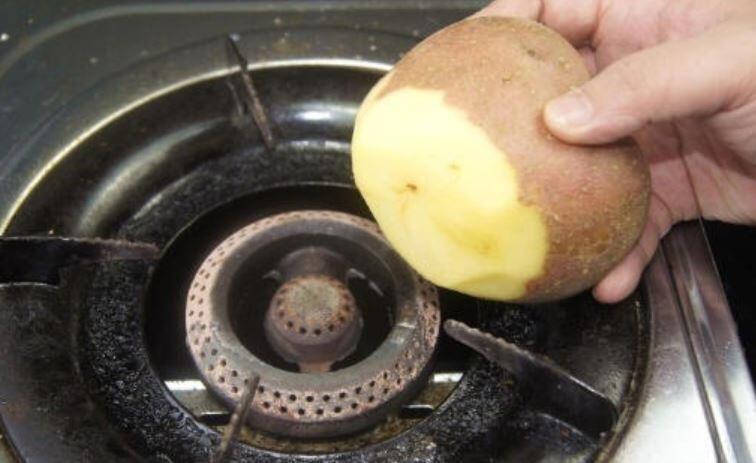
Here’s how to get rid of those stubborn grease stains on your stove and range hood:
Step 1: Grab a potato and make sure it’s clean by removing any dirt from its surface.
Step 2: Cut the potato in half and sprinkle some salt on the cut side. Spread the salt evenly.
Step 3: Use the potato to directly wipe away the grease and grime from the stove and range hood. Pay extra attention to heavily stained areas, and scrub repeatedly if necessary.
Step 4: Once you’ve removed most of the grease, use a damp cloth to wipe away any remaining grease and salt residue. You’ll be amazed at how sparkling clean your stove and range hood look, as if they were brand new!
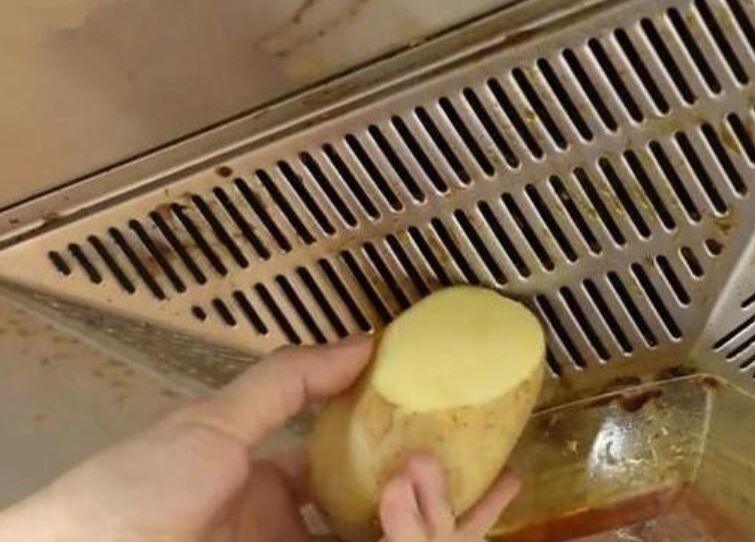
The reason why potatoes are so effective at cutting through grease is that they contain starch and amylase, both of which have excellent oil-absorbing and grease-breaking properties. The salt aids in increasing friction for better cleaning and also has antibacterial properties.
If you don’t have a sprouted potato, you can still make use of its peel. Simply clean and boil the peel, then pour the water into a spray bottle. Spray it onto the stove, walls, and range hood, and let it sit for about 15 minutes before wiping it clean.
In addition to cleaning the stove and range hood, you can also use the potato peel or sprouted potato water to wash dishes. Soak dirty dishes in this water for about 15-20 minutes, then scrub them with a dishwashing sponge and rinse with clean water. Say goodbye to stubborn grease and hello to sparkling clean dishes!
The Many Other Uses of Potatoes in Daily Life
– Say Goodbye to Kettle Residue
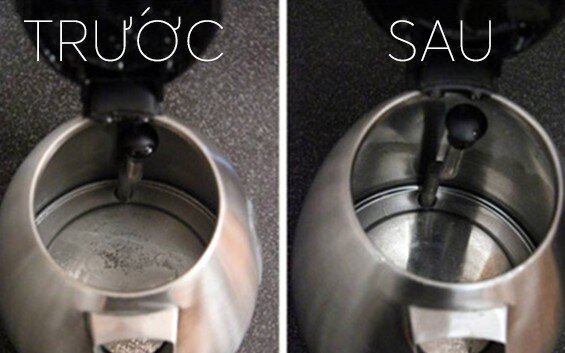
Over time, kettles can develop a buildup of residue, which may affect the quality of your water and even your health. To give your kettle a good cleaning, simply toss in some clean potato peels, add water, and bring it to a boil. Let it boil for about 3-5 minutes, then discard the peels. Wipe the kettle with a clean cloth, rinse with clean water, and you’re done! Aim to do this once or twice a week to maintain a spotless kettle.
– Rust Remover
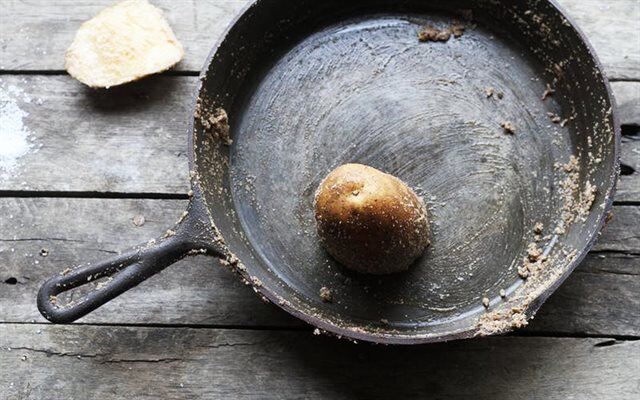
Potato peels are also excellent for removing rust. Soak the peels in a solution of water and dish soap for about 10-15 minutes. Remove the peels, pour the solution into a spray bottle, and spritz it onto the rusted area. Let it sit for a few hours, then scrub the area with a potato peel. Wipe it clean with a cloth, and voilà! The rust will be gone. If you have a rusty iron pot, you can also use a halved potato with salt rubbed onto its surface to scrub the pot clean. Rinse with clean water, and your pot will look brand new!
– Tackle Hard Water Stains on Faucets, Sinks, and Basins
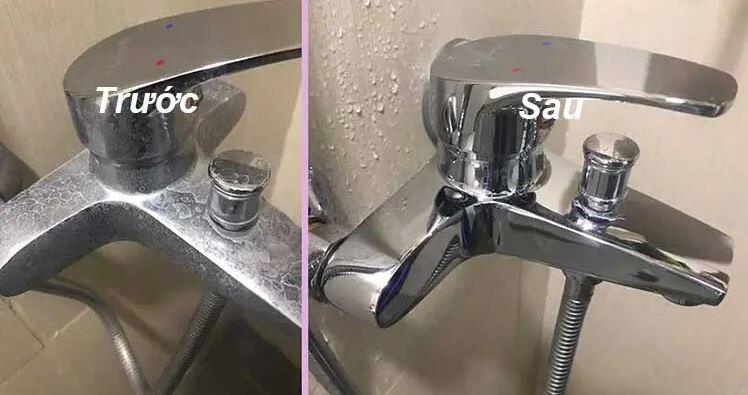
Hard water stains on stainless steel faucets, sinks, and basins can be a real pain to remove with just water or regular cleaning products. But potato peels come to the rescue once again! Clean and boil some potato peels, then add a teaspoon of dish soap or laundry detergent and a tablespoon of salt to the water. Let the solution cool, then use it to scrub away those stubborn hard water stains. Alternatively, you can rub a potato peel directly onto the stainless steel faucet, let it sit for about 3 minutes, and then wipe it clean with a cloth.
– Natural Fertilizer for Flowers and Potted Plants
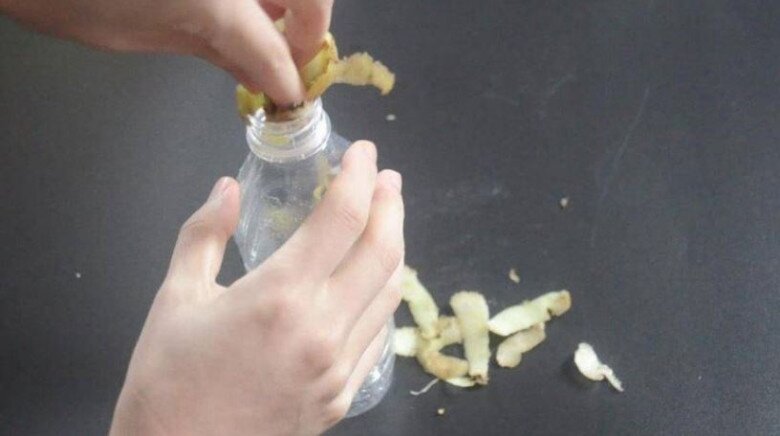
Potato peels are rich in various trace elements, including salicylic acid, which promotes root growth in plants. So, don’t throw away those potato peels or sprouted potatoes! Cut them into small pieces and place them in a jar or container with a lid. Fill the container with water, leaving about 20% air space, and add a few drops of vinegar. Seal the container and let it sit for 2-3 months to allow the potato peels to ferment. After that, strain the liquid, dilute it with water, and use it to water your flowers and potted plants. This natural fertilizer will stimulate root growth, enhance the plant’s immunity, and promote branching and flowering.






























